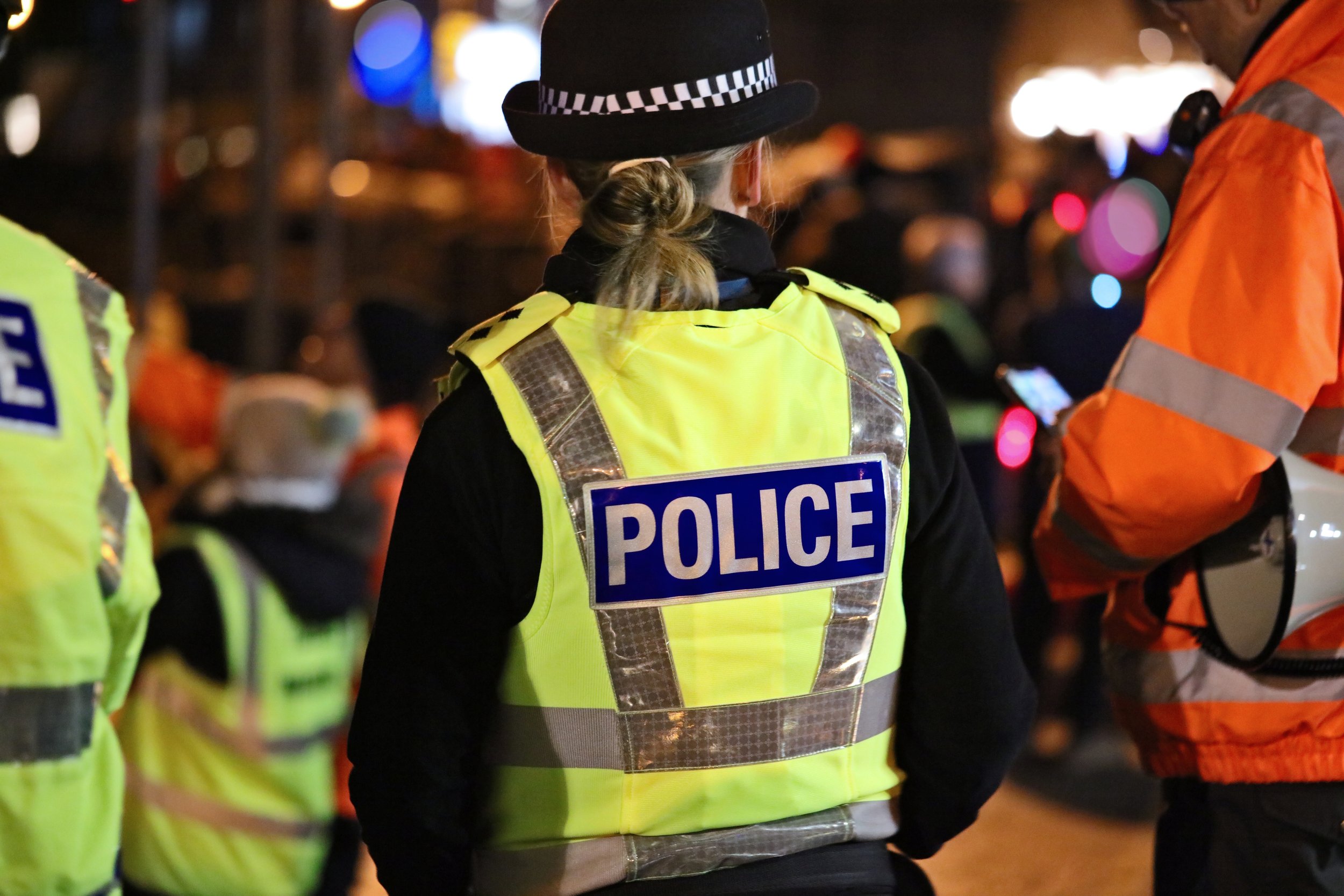Martyn's law: bolstering national security through vigilant video surveillance
The impending arrival of the UK’s Martyn's Law is spreading awareness about terror threats and the vulnerability of venues, events and vehicle attacks.
Martyn’s Law (also known as the 'Protect Duty') is part of the government’s response to the Manchester Arena Inquiry following the 2017 Manchester bombing attack, which recommended legislation to improve the safety and security of public venues.
Set to come into force by the end of 2023 as part of the Terrorism (Protection of Premises) Draft Bill, is poised to reshape the nation's approach to security, and at its core lies a powerful tool - vigilant video surveillance.
A turning point in public safety
Martyn’s Law mandates a comprehensive re-evaluation of security measures within publicly accessible locations.
These include venues of entertainment, retail, food and drink, museums, sports grounds, places of worship, health, education, and more.
There are 5 main requirements PALs must adhere to:
Engage with counterterrorism advice and training,
Conduct vulnerability assessments,
Mitigate risks created by these vulnerabilities,
Establish a counter-terrorism plan, and
Require local authorities to prepare for terrorism threats.
This framework distinguishes between a standard duty and an enhanced tier, compelling organisations to solidify responsibilities and actively undertake various activities.
The power of vigilant video surveillance
The importance of proactive threat detection has led organisations to leverage vigilant video surveillance, combining CCTV cameras, metal detectors, and alert security personnel. Large venues, in particular, require substantial infrastructure to address crowd issues and ensure swift threat identification.
Modern systems, incorporating advanced AI and analytics, analyse vast visual data, including biometric information, providing valuable insights into potential risks. This facilitates rapid responses and enhances public safety.
For instance, Wembley Stadium invested £4.3 million in security enhancements last year, including 50 additional high-resolution CCTV cameras.
Privacy and security: a balancing act
Martyn's Law necessitates a comprehensive approach, going beyond mere compliance, and emphasises the synergy between security and privacy.
It's vital for organisations to recognise that privacy is not an afterthought but a vital element that enhances security measures. Data privacy acts as a catalyst for preparedness, strengthens threat detection, and ensures safe environments.
Video anonymisation, such as redaction techniques, offers a solution to protect individual privacy while complying with GDPR, Martyn's Law, and other data protection regulations. This enables effective security and surveillance while safeguarding sensitive data.
Education and training are crucial in this landscape. Collaboration between public and private sectors is equally important and forges a collective responsibility for security. The onus is not solely on the shoulders of businesses; it is a shared commitment towards a resilient and safeguarded future.
As the countdown to Martyn's Law draws near, the path forward is clear. Organisations must not only adhere to legal obligations but embrace them as opportunities to create a safer, more secure society. Vigilant video surveillance that safeguards privacy through advanced techniques like video redaction, can form the anchor of this transformative journey.



